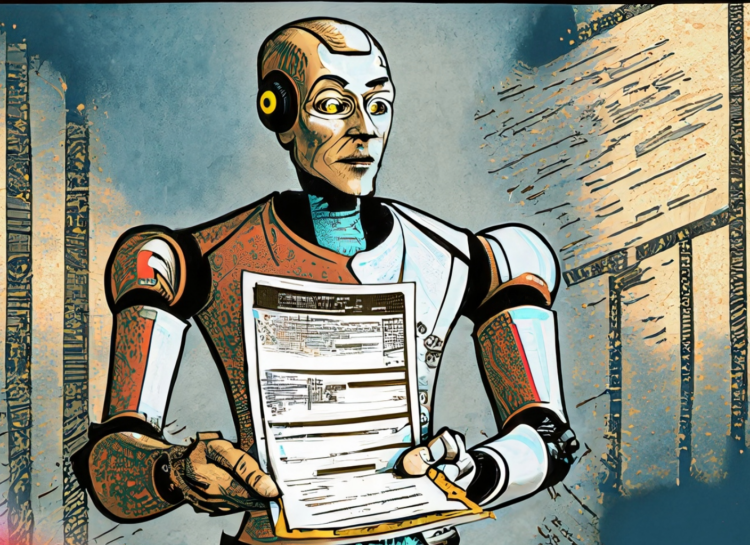Artificial Intelligence
The evil twin sister: Gen AI’s use in fraud
- Bad actors are using LLMs like FraudGPT and WormGPT to generate personalized phishing emails and malicious code.
- It's not only FraudGPT and WormGPT that pose risks; regular and publicly available LLMs like ChatGPT and Bard play a role too.








